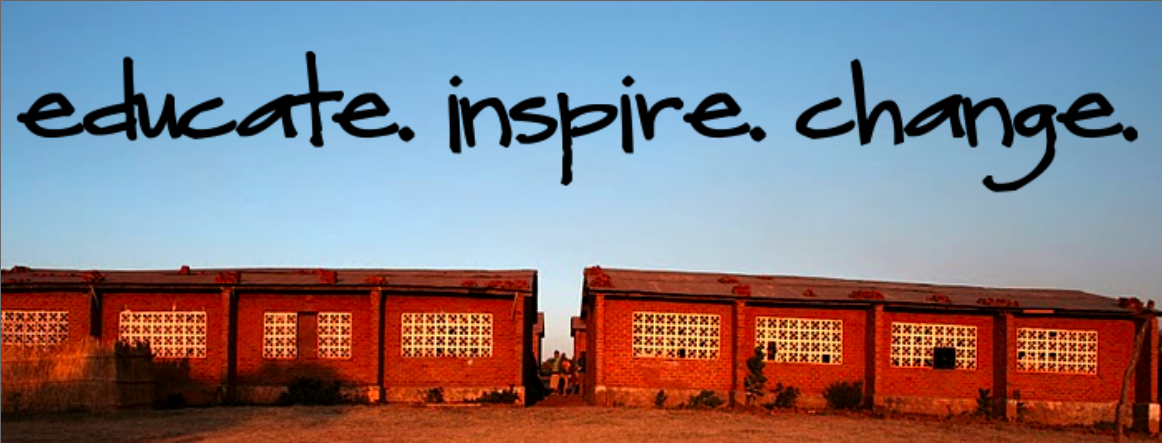 |
| Photo: AVERT An HIV prevention poster in Mzimba, Malawi.
Counsellor
explaining about HIV testing and treatment on World AIDS Day, Malawi -
See more at:
http://www.avert.org/hiv-aids-malawi.htm#sthash.qndVapSH.dpuf
Counsellor
explaining about HIV testing and treatment on World AIDS Day, Malawi -
See more at:
http://www.avert.org/hiv-aids-malawi.htm#sthash.qndVapSH.dpuf
Counsellor
explaining about HIV testing and treatment on World AIDS Day, Malawi -
See more at:
http://www.avert.org/hiv-aids-malawi.htm#sthash.qndVapSH.dpuf
|
HIV prevention and access to antiretroviral drugs are the focuses to curbing the spread of the disease. Initiatives currently implemented include: expanding voluntary HIV testing and counseling (HCT/ VCT), prevention of mother-to-child transmission services, condom promotion and distribution, voluntary medical male circumcision (VMMC), blood safety measures, mass media campaigns, and life skills education (LSE) for young people (AVERT).
Many non-governmental organizations (NGOs) collect high volumes of data in their hands-on work to identify the most common causes of transmission and the most affected demographics. Organizations such as the World Bank, the Global Fund, the World Health Organization, the President's Emergency Plan for AIDS Relief (PEPFAR), and the Joint United Nations Programme on HIV and AIDS (UNAIDS) have all taken an active role in funding and planning to decrease incidence and increase awareness in Malawi (AVERT).
 |
| Photo: AVERT Counselor explaining HIV testing and treatment on World AIDS Day, Malawi. |
Malawi’s steadily improving situation reflects the larger global picture, but meeting goals requires working within localized communities. Greater awareness and education will lead to a better perspective on HIV prevention in Malawi. For example, many adults do not get tested, but simply assume they are living with HIV because of its prevalence. Unsafe sex is justified by choosing partners based on their societal status or perceived cleanliness. Even if precautions are taken, condom use and safe sex practices are rarely being implemented on a consistent basis. Education, access to testing sites, and decreased stigmatization of testing will be key factors in the next five years in continuing to improve the state of Malawi’s HIV epidemic.
Looking to the future, UNAIDS’s highlights its target goals for 2020, “90% of people living with HIV will know their HIV status, 90% of all people with diagnosed HIV infection will receive sustained antiretroviral therapy, and 90% of all people receiving antiretroviral therapy will have viral suppression” (UNAIDS 90-90-90).
By World Camp Intern Rachael Thorn

 During
our trip to Dedza and Camp you get to drive past some beautiful
scenery, mountains which stick up out of the ground so sharply it is as
if someone dropped them down from the sky. Baobab trees that stand broad
and tall against the backdrop of villages with tall grass fences and
roofs. Kids drive cattle carts alongside the road and roving bands of
goats stress Emily out by always lingering too close to, if not in, the
road.
During
our trip to Dedza and Camp you get to drive past some beautiful
scenery, mountains which stick up out of the ground so sharply it is as
if someone dropped them down from the sky. Baobab trees that stand broad
and tall against the backdrop of villages with tall grass fences and
roofs. Kids drive cattle carts alongside the road and roving bands of
goats stress Emily out by always lingering too close to, if not in, the
road. Closer
to the village, there is rock art done by Pygmies that is 10,000 years
old. The Pygmy rock art is red and reaches impressively high up, the
Pygmies used ladders or stood on each other’s shoulders to paint all
sorts of scenery including a nearly 20ft tall giraffe which was my
personal favorite.
Closer
to the village, there is rock art done by Pygmies that is 10,000 years
old. The Pygmy rock art is red and reaches impressively high up, the
Pygmies used ladders or stood on each other’s shoulders to paint all
sorts of scenery including a nearly 20ft tall giraffe which was my
personal favorite. Camp
Hope is a camp that serves specifically youth living with HIV. These
children, so considerate and adorable, are all facing a tremendous
life-long challenge. Camp offers our newly-disclosed to youth a chance
to come to terms with their diagnosis, learn more about their disease,
and bond with other children facing similar difficulties. It’s
jam-packed with fun activities, but also designed to provide campers
with knowledge and skills they will need to care for themselves
throughout their lives.
Camp
Hope is a camp that serves specifically youth living with HIV. These
children, so considerate and adorable, are all facing a tremendous
life-long challenge. Camp offers our newly-disclosed to youth a chance
to come to terms with their diagnosis, learn more about their disease,
and bond with other children facing similar difficulties. It’s
jam-packed with fun activities, but also designed to provide campers
with knowledge and skills they will need to care for themselves
throughout their lives.
